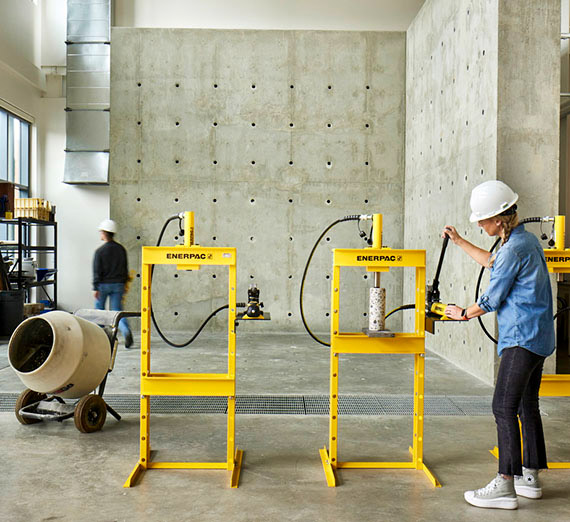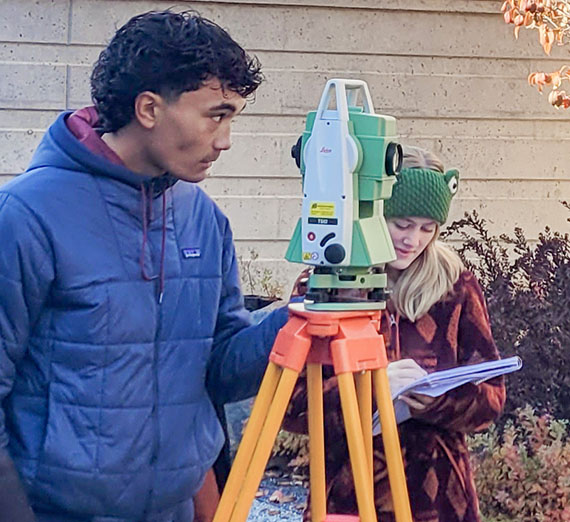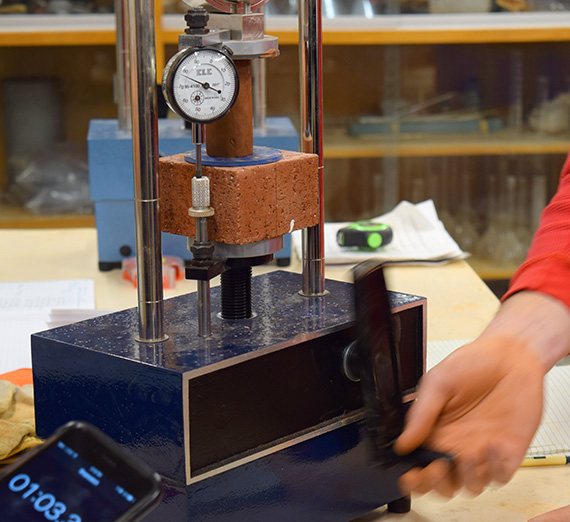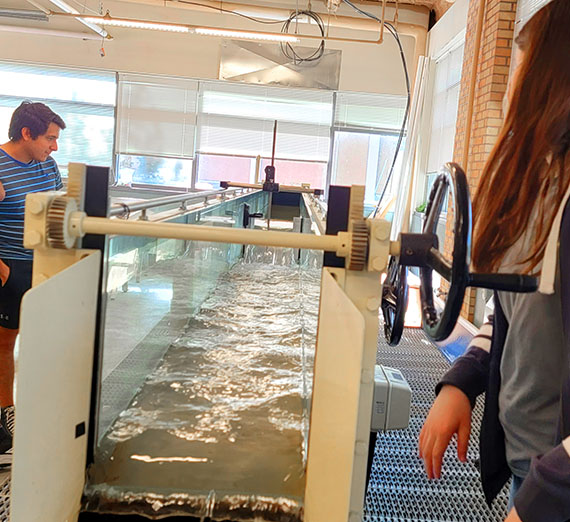Gonzaga's Civil Engineering instructional labs support courses in the B.S. Civil Engineering degree program, including courses in each subdiscipline.
Even more projects take place in the Spokane community, as civil engineers use the city and surrounding natural areas as their labs. As the major hub for the Inland Northwest, Spokane has many opportunities for students to explore real-world engineering projects in their own backyard.


.ashx?rev=eaf2acf4d545426284e9610158dcf626&h=522&w=570&la=en&hash=8ED06FB367874271CA121BEB7A1D9F20)



